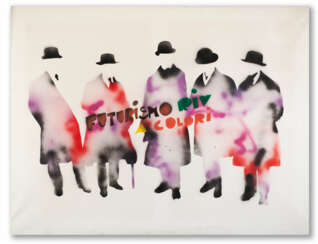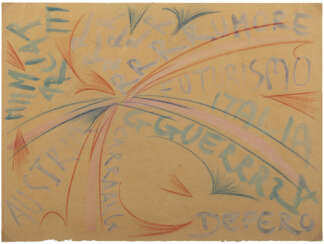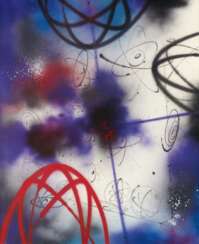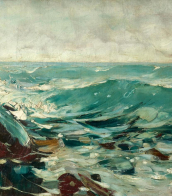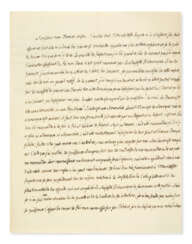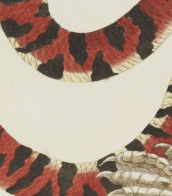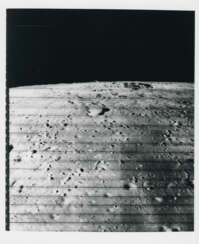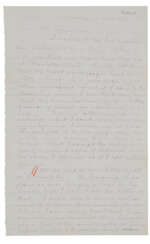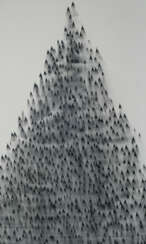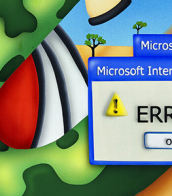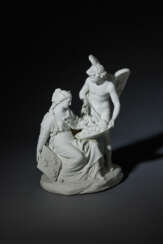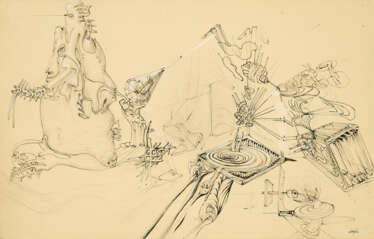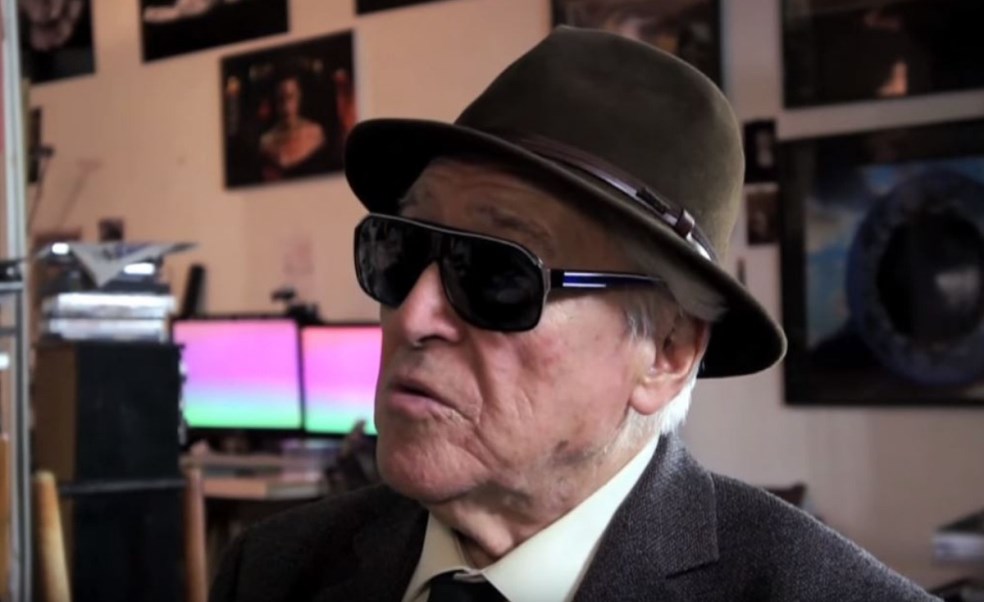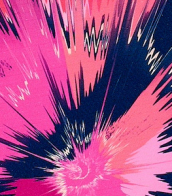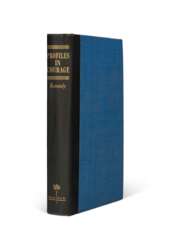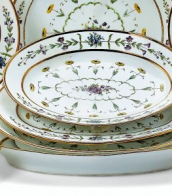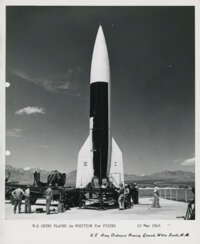futurism
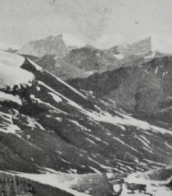
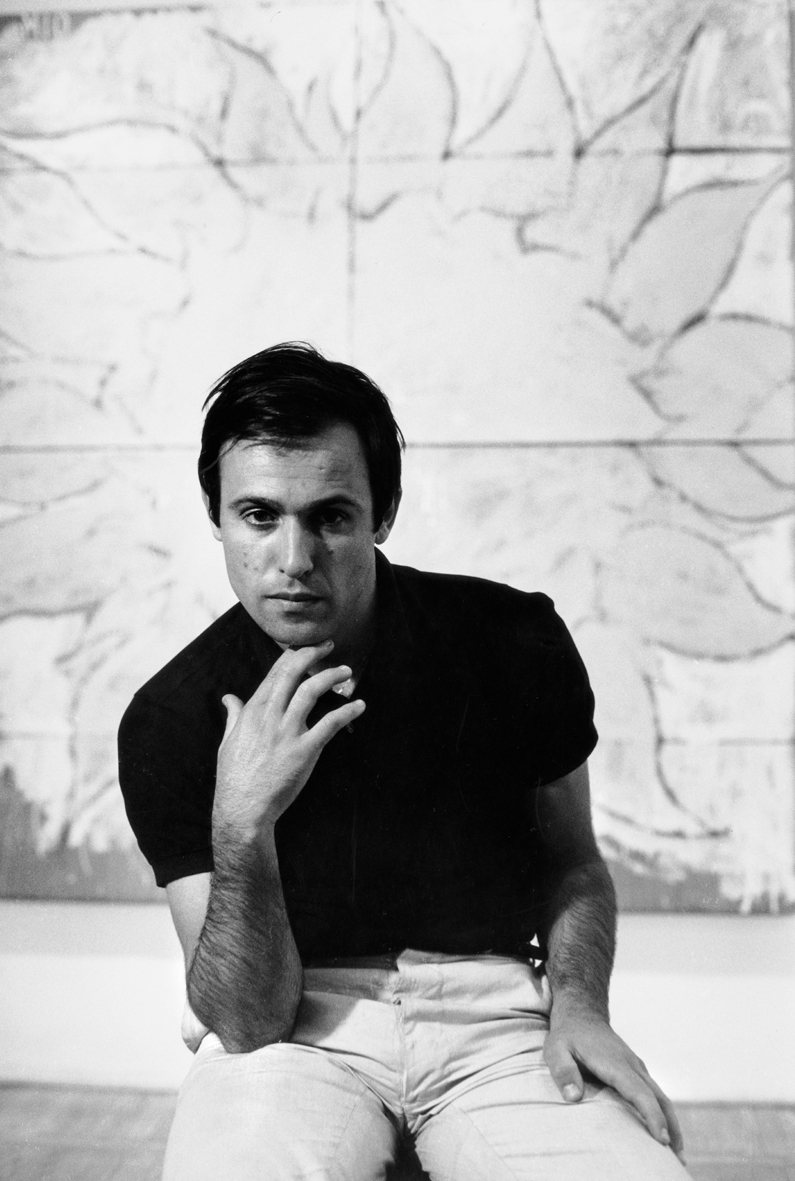
Mario Schifano was an Italian painter and collagist of the Postmodern tradition. He also achieved some renown as a film-maker and rock musician.
He is considered to be one of the most significant and pre-eminent artists of Italian postmodernism.

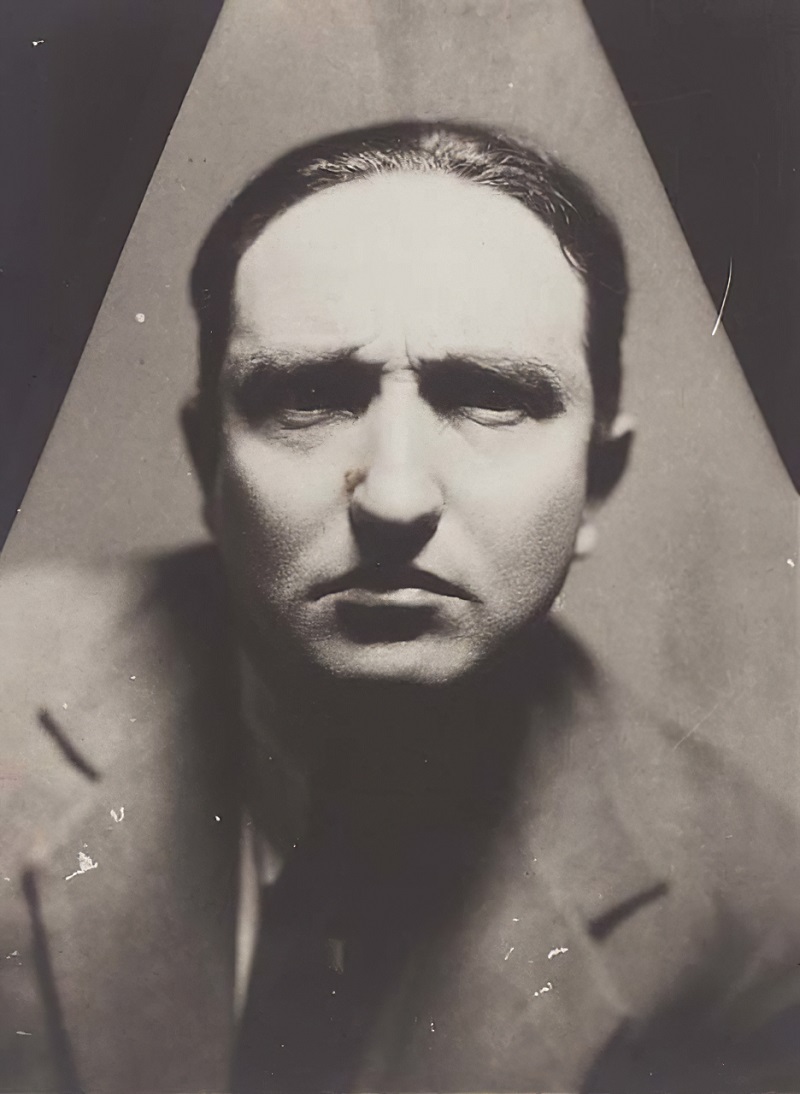
Fortunato Depero was an Italian futurist painter, designer, sculptor and poet. In 1913 Depero comes to Rome, where he meets the futurists Giacomo Balla and Umberto Boccioni.
In the early 1920s, Fortunato Depero tries his hand as an artist in commercial advertising, designs theatrical costumes, works for magazines and as a room decorator, and participates in many art exhibitions.
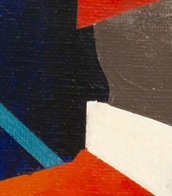
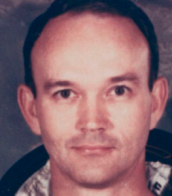

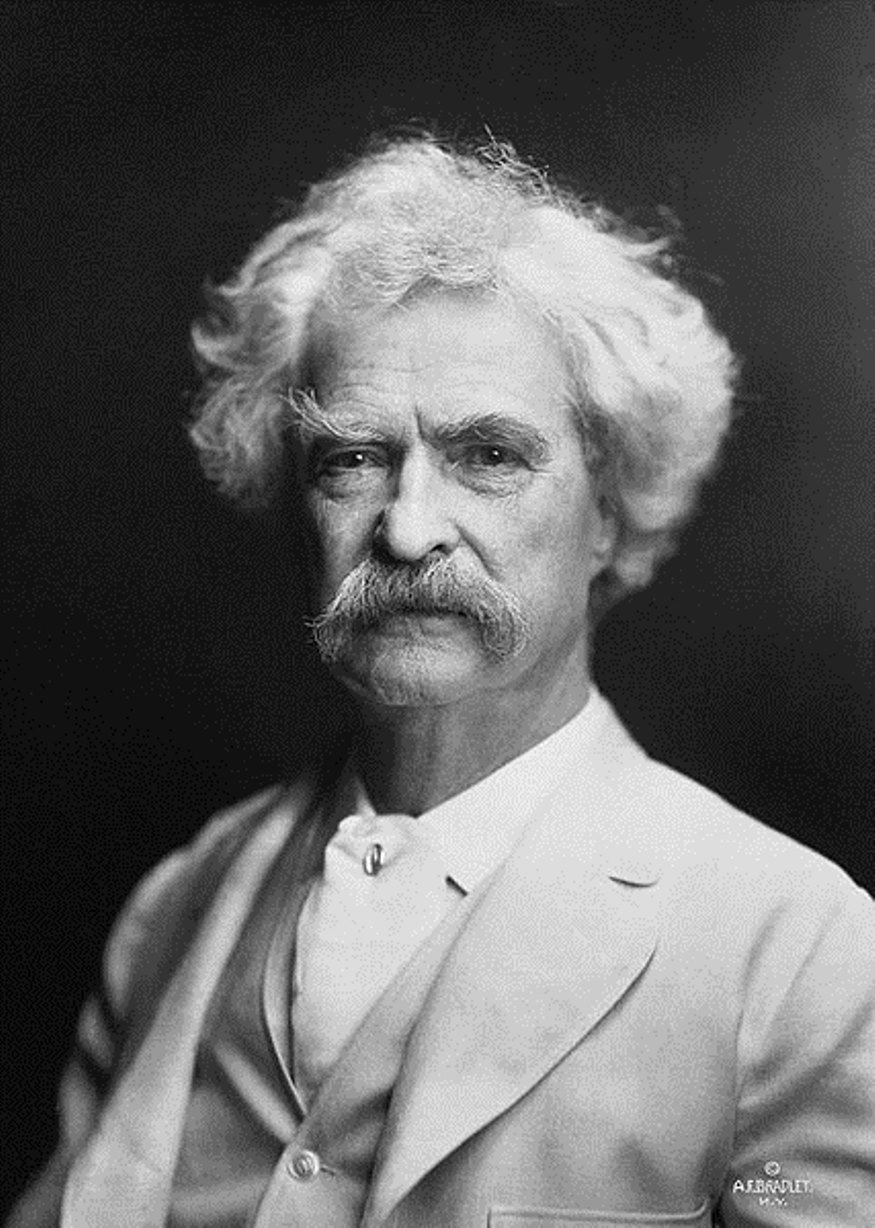
Mark Twain, real name Samuel Langhorne Clemens, was an American humanist writer, journalist, and social activist.
As a young man, Samuel worked in the printing press and in the gold mines, then went on a steamboat trip to Europe and the "Holy Land". His travel letters, full of vivid descriptions and ironic observations, were very well received by the public and were later revised into his first book, Innocents Abroad, published in 1869.
The pseudonym "Mark Twain" first appeared in 1863 under one of Samuel Clemens' short stories, and since then all his significant works have been signed by that name.
A talented storyteller, a peculiar humorist and moralist, Twain knew and loved his many diverse characters. His scandalizers and dreamers, caring aunts and ambitious politicians, grumpy widows and lying aristocrats, cunning but generous slaves, sentimental moralists, brave and naive children - all these types of American people Twain gave voice to thanks to his masterful command of colloquial language, slang and jargon. Twain wrote a lot and in a variety of genres: humor and satire, philosophical fiction and journalism and others, but he always stood on the position of humanist and democrat.
Mark Twain became world famous for his travel stories and adventure novels about his childhood, these are "The Adventures of Tom Sawyer" (1876) and "The Adventures of Huckleberry Finn" (1885). Twain is still one of America's, and indeed the world's, best and most beloved writers. His works have been and are still being published in many languages around the world.
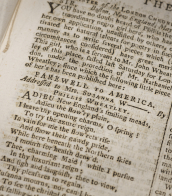
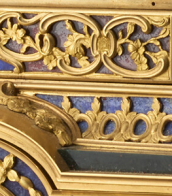
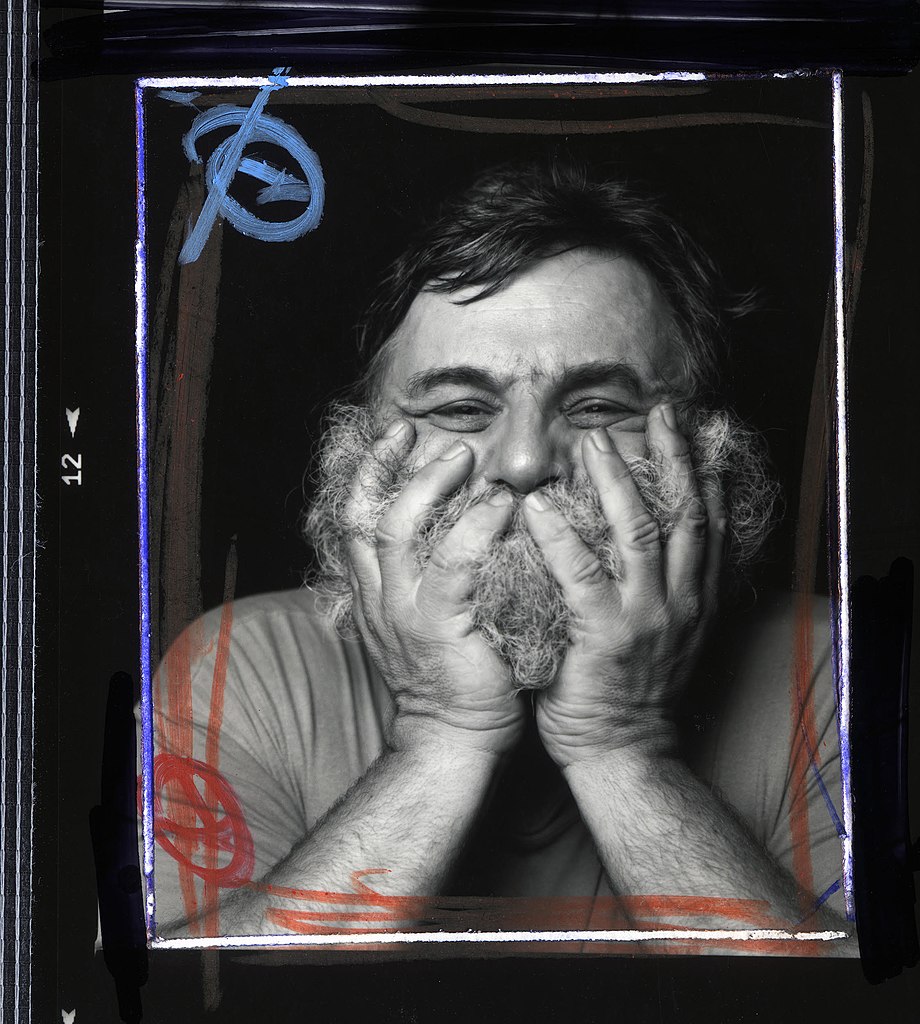
Ralf Winkler, alias A. R. Penck, was a German painter, printmaker, sculptor, and jazz drummer. A neo-expressionist, he became known for his visual style, reminiscent of the influence of primitive art.

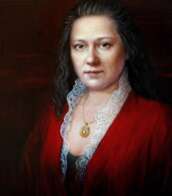
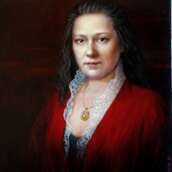



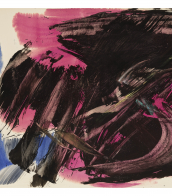
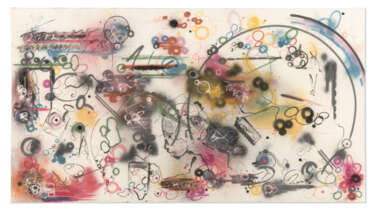

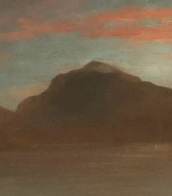
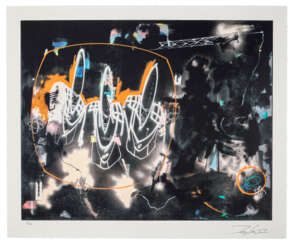

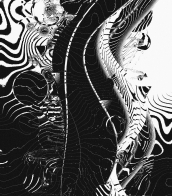
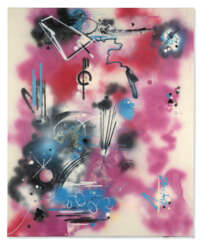

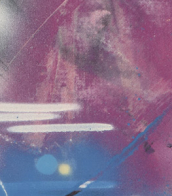


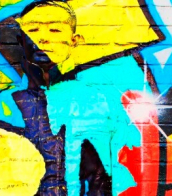
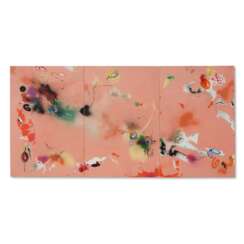

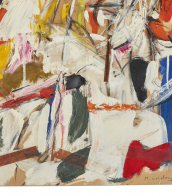
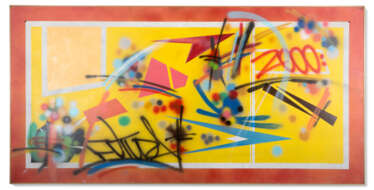

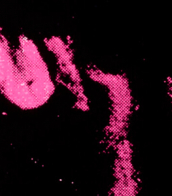
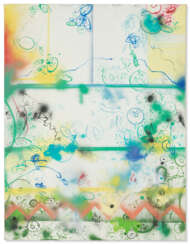

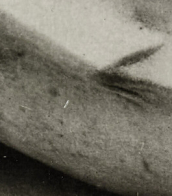


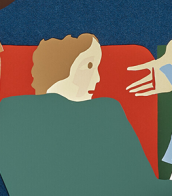
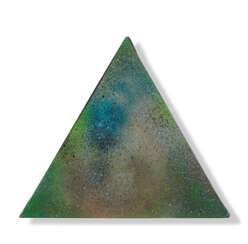

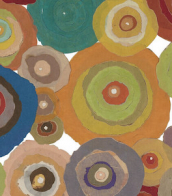
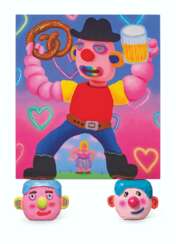

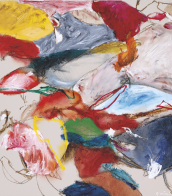


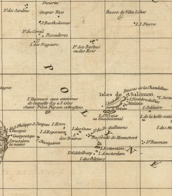
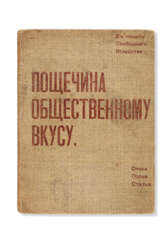

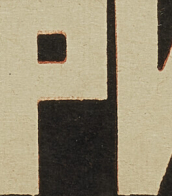
![[FUTURISMO] - Lotto di 3 riviste dalle copertine colorate: TAC'T ATAC (1932), CIAPA CHILU (1933) e LULU (1935). Editi dal Gruppo Universitario Fascista Manlio Sonvico a Pavia.](/assets/image/picture_1242604/c738b/g7i2kgawh8pj05t8qj8zysvaifghn6otnbpjgmwngjqhsnfai1tg9-ywvomrzorv1608651687jpg__fix_374_244.jpeg)
![[FUTURISMO] - Lotto di 3 riviste dalle copertine colorate: TAC'T ATAC (1932), CIAPA CHILU (1933) e LULU (1935). Editi dal Gruppo Universitario Fascista Manlio Sonvico a Pavia.](https://veryimportantlot.com/assets/image/picture_1242604/c738b/g7i2kgawh8pj05t8qj8zysvaifghn6otnbpjgmwngjqhsnfai1tg9-ywvomrzorv1608651687jpg__fix_374_244.jpeg)
